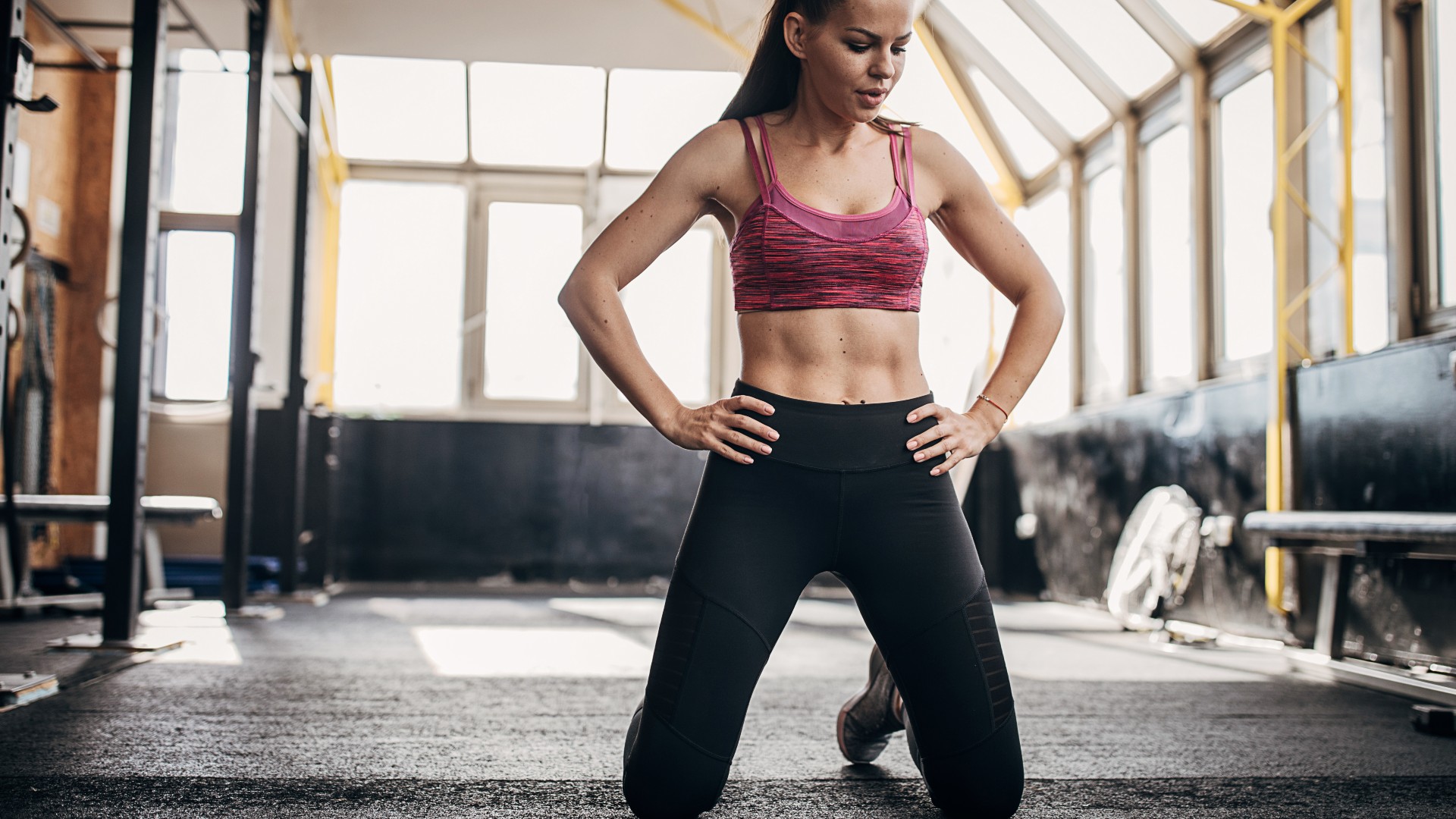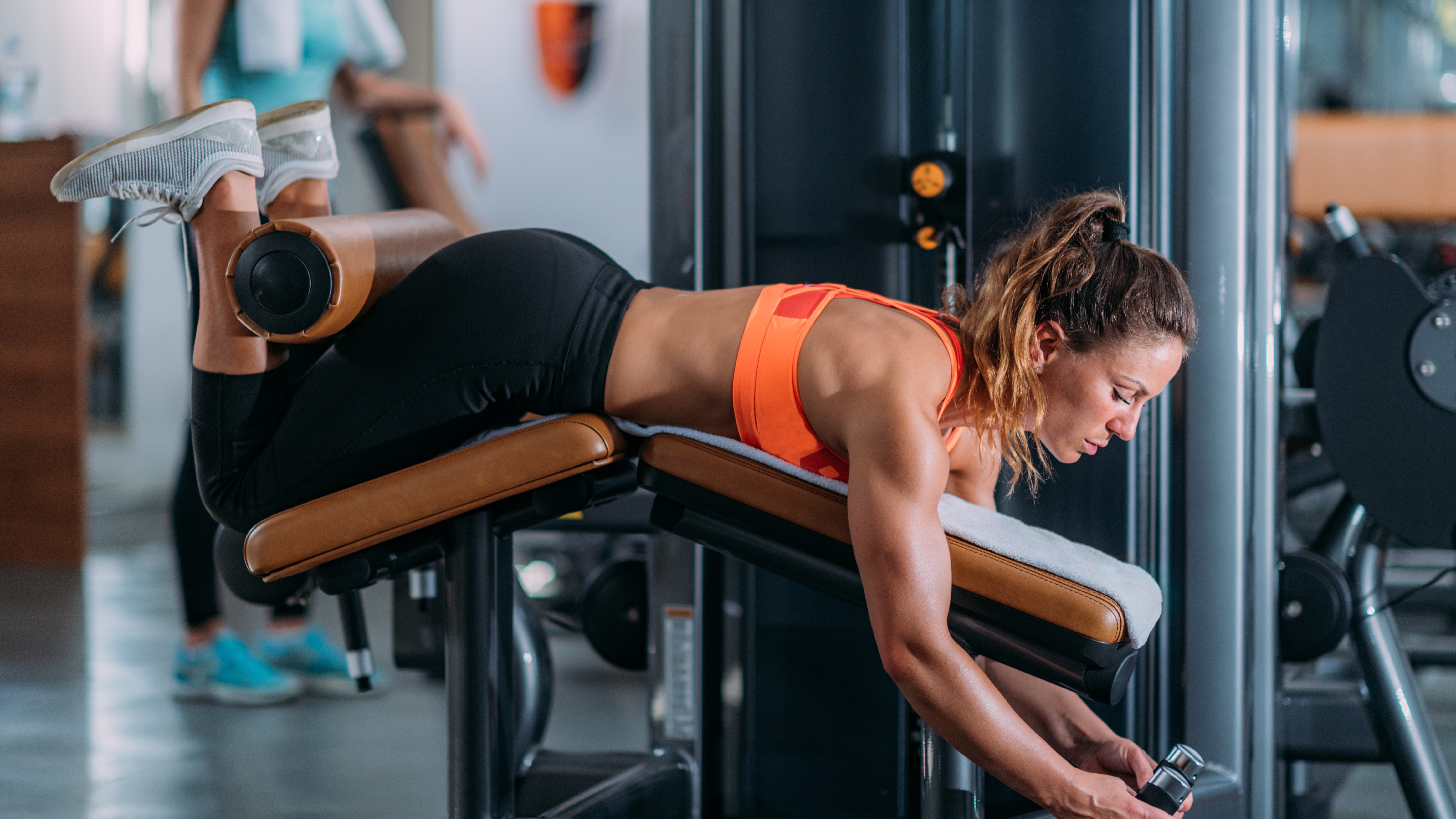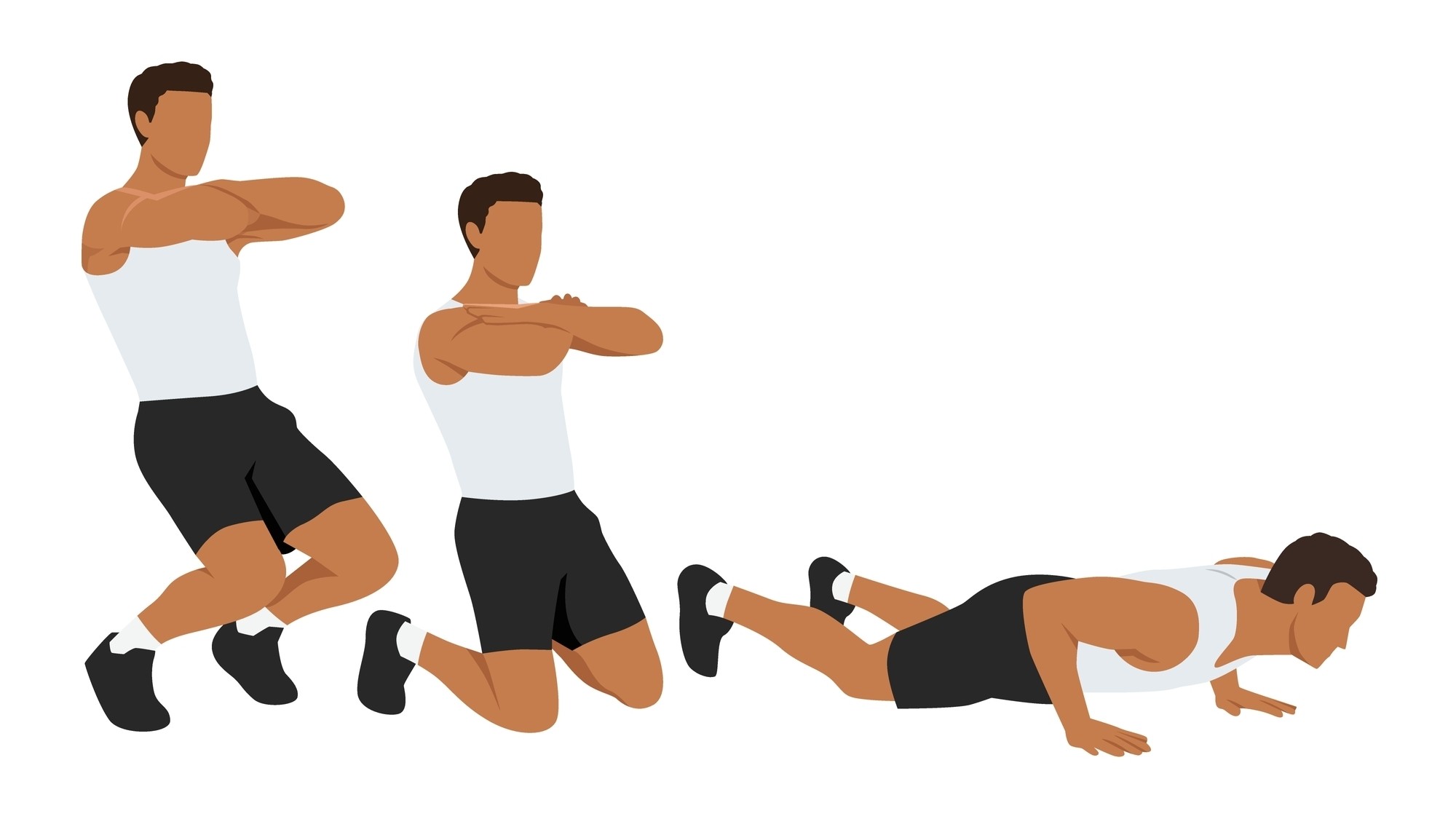
If you haven’t tried Nordic hamstring curls yet, here's why you should. We cover how to do Nordic hamstring curls below and the benefits for strengthening your hamstrings, glutes, calves and abs in one lower body exercise.
Having made it into our recommendations for the 7 best hamstring exercises to build stronger legs without weights, we decided to drill down into the exercise in more detail.
To do the move, start by kneeling and securing your ankles behind you, then, keeping your core engaged and back straight, lower your chest toward the floor while keeping your legs in position. It’s one of the hardest hamstring curl variations to nail, but get it right, and the benefits are worth the muscle burn.
We cover how to do Nordic curls with proper form, the most common mistakes you’ll see and the benefits of Nordic hamstring curls for strengthening your hamstring muscles.
Nordic hamstring curls: Benefits
Your hamstring muscles attach at the hips, insert into your knee joints, and run down the backs of your legs. The three hamstring muscles — the biceps femoris, semimembranosus, and semitendinosus — flex the knees and extend and rotate the hips.
Nordic curls replicate the leg curl motion and target and strengthen the posterior chain muscles, meaning your lower back, glutes, hamstrings and calves benefit, and your core muscles work to stabilize and control your torso. The hip flexors will also work hard throughout.
We recommend using one of the best yoga mats for home workouts to support your knees throughout the exercise, as it can be hard on your knees. If you suffer from knee pain, check in with a relevant physician before trying the exercise.
Sign up to get the BEST of Tom's Guide direct to your inbox.
Get instant access to breaking news, the hottest reviews, great deals and helpful tips.

But in our opinion, it’s one of the best hamstring exercises for building eccentric strength in your legs using your body weight; this is crucial for producing force and keeping your muscles stable during big lifts. Strong hamstrings help prevent injuries like lower back pain, improve lower body flexibility and daily mobility, and improve sports performance across other exercises like sprinting, deadlifts, or hip thrusts.
Performing Nordic hamstring curls regularly as part of your strength program could also help improve hip extension and knee flexion, which could reduce hip and knee-related pain.
How to do Nordic hamstring curls with proper form

Here’s how step-by-step:
- Start kneeling with cushioning underneath for support
- Secure your lower legs or ankles in place, either using a partner, workout bench, barbell or similar
- Keep your knees, feet and ankles aligned and sit tall with a neutral spine and neck
- Practice compound contraction by engaging your abs, glutes, hamstrings, shoulders and hips and slightly tuck your pelvis toward your spine
- With control, slowly lower your chest and thighs toward the ground, keeping a straight line from head to knees
- Lower as far as possible, then rest both hands on the ground to support you
- Keeping your form, squeeze your glutes, abs and hamstrings and begin pulling yourself back up to the starting position. Perform a small push-up at the bottom of the move for an extra hand-up to drive momentum.
For extra support, secure one of the best resistance bands around your hips and perform an assisted Nordic hamstring curl. To make the exercise harder, hold a weight close to your chest. We cover this below.
Nordic hamstring curls: Common mistakes
Nordic curls help strengthen the hamstrings and various other muscle groups, but here are some common mistakes we see.
Rounding the spine
A common theme during Nordic hamstring curls is to round the upper back. Above, we mention maintaining a straight line from head to knees, which means keeping your spine neutral and gazing forward while engaging your core and hips.
Pushing the bum back
Avoid hinging forwards at the hip and sending your bum behind you — a common mistake found with beginners trying Nordic curls. Instead, lower your chest and thighs as one unit, and only lower as far as you can with good form.
Moving too quickly
Focus on the eccentric load, which is the phase when you lower your body toward the floor. Count yourself down from five seconds, and use your hands to catch you at the bottom until you develop strength.
Lack of muscle engagement
Practice contracting as many muscles as possible, including your core, glutes, legs, back, and shoulders. Compound contraction will help you contract big and small muscle groups, keeping you safe as you move.
When performing Nordic hamstring curls, pay attention to what your body tells you. If you experience pain or discomfort, stop immediately.
Nordic hamstring curls: Variations
Band-assisted Nordic hamstring curls
As a beginner, the hamstring exercise takes time to get comfortable with. Consider looping a resistance band around a solid structure at chest height behind you, then kneel and place the band around the outside of your chest and shoulders. Hold the band in place. Some prefer holding the band behind them in both hands at the shoulders as they lean forward. See the video above for tips on performing the assisted variation.
Weighed Nordic hamstring curls
To advance the exercise, remove the resistance band and focus on moving as slowly as possible, which adopts the time under tension method to maximize the time your muscles work for. You could also hold a weight close to your chest, like a kettlebell, barbell plate, or dumbbell.
Nordic hamstring curls: How to program them
Your hamstrings are powerful muscles that respond well to explosive movement like sprinting while engaging and training your fast-twitch muscle fibers. Low-medium reps between 3-12 are plenty, using heavier weight to work on building strength.
If you choose higher reps, we recommend trying the move bodyweight or banded to kick up a burn.
Start by performing 2–3 sets of 4–8 repetitions. Once you have your technique dialed in, increase to 3-5 sets and 8-12 reps. Remember to warm up the muscles used during the move, including your hamstrings, lower back and glutes, and rest between workouts to allow muscles to recover.
More from Tom's Guide

Sam Hopes is a level 3 qualified trainer, level 2 reiki practitioner and senior fitness writer at Tom's Guide. She is also currently undertaking her Yoga For Athletes training course. Sam has written for various fitness brands and websites over the years and has experience across brands at Future such as Live Science, Fit&Well, Coach, and T3.
Having worked with fitness studios like F45 and Virgin Active, Sam now primarily teaches outdoor bootcamps, bodyweight, calisthenics and kettlebells. She also coaches mobility and stretching-focused classes several times a week and believes that true strength comes from a holistic approach to training your body.
Sam has completed two mixed doubles Hyrox competitions in London and the Netherlands and finished her first doubles attempt in 1:11.


